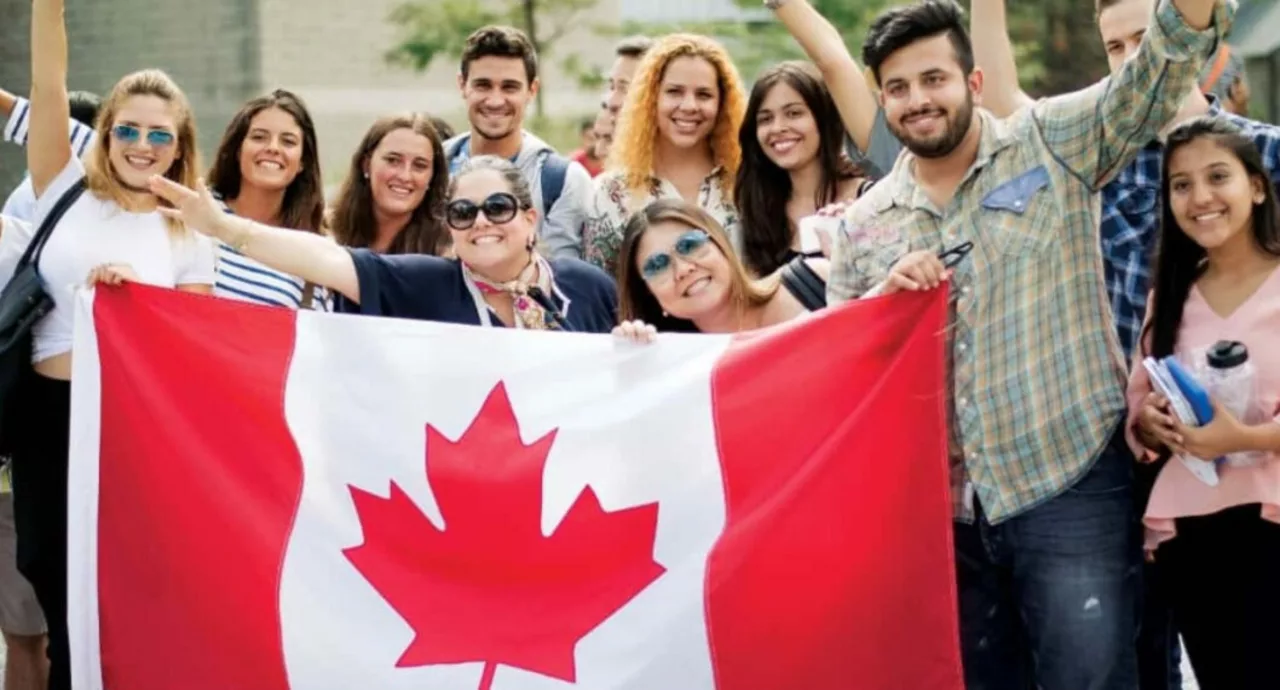Life — food, mental health, and everyday India made practical
Want quick, useful takes on everyday life? This tag covers real questions: where Indians eat in the USA, whether Indian or Western food suits you, how mental health coaching works in India, and what a typical day looks like for many Indian men. No fluff — just usable tips and honest observations.
Food: finding comfort and variety
If you miss home food in the USA, you’re not alone. Look for neighborhood Indian grocery stores for spices, pickles, paneer, and ready masalas. Many cities have South and North Indian restaurants—order dosa or biryani to test authenticity. Try apps and community groups to find small home-style cooks; they often serve the closest thing to what you remember. For vegetarians, grocery chains and ethnic markets stock lentils, frozen samosas, and paneer; many mainstream restaurants now offer paneer or veggie options too.
Deciding whether Indian or Western food tastes better? It’s personal. If you like complex spices and layered flavors, Indian food will excite you. If you prefer milder sauces, predictable portions, and comfort staples like pasta or burgers, Western food will feel familiar. Try mixing both: order a grilled chicken with a side of spiced veggies or pair naan with a simple grilled fish. That gives you variety without committing to one side.
Mental health coaching and daily life in India
Looking for mental health coaches in India? Focus on credentials and fit. Certified counselors or psychologists who list clear methods (CBT, mindfulness, life coaching) usually give structured sessions. Ask about session length, expected outcomes, and fees up front. Many coaches offer a free first call — use it to see if you connect. Online platforms make access easier; check reviews and whether coaches follow ethical guidelines. Prices vary: expect lower costs with nonprofit groups and higher rates for private specialists in big cities.
What does an average man in India do day to day? Routines vary widely by region and job, but common threads exist: work takes up most of the weekday, family time is valued, and festivals mark the calendar. In cities, many men commute to offices, tech parks, or run small businesses; in rural areas, agriculture still shapes daily life. Weekends and evenings are often family-centered or spent watching cricket and movies. Financial pressures and the urban-rural divide matter; budgets, housing, and social expectations shape choices.
Want practical next steps? If food comforts you, build a short pantry list (rice, basic spices, lentils, ghee/pam oil, frozen or fresh greens) and identify two local spots that match your taste. For mental health, list your goals and interview two coaches before picking one. For understanding Indian daily life, read one local news piece and one personal blog post each week to see both facts and lived experience. These small actions give clarity fast.
Got a specific question about food, coaching, or life routines? Ask—this tag collects honest answers and useful tips from readers and writers who live it.
What is life like for an Indian in Canada?
Living in Canada as an Indian has been a unique and enriching experience. I've found that Canadians are welcoming and respectful towards our diverse culture and traditions. Adapting to the weather, especially the cold winters, has been challenging, but it has also taught me the value of perseverance. I've been able to enjoy the best of both worlds, with access to Indian cuisine, festivals, and a strong Indian community, while also embracing Canadian values and lifestyle. Overall, the multicultural environment in Canada has allowed me to grow and thrive as an individual.
read more
